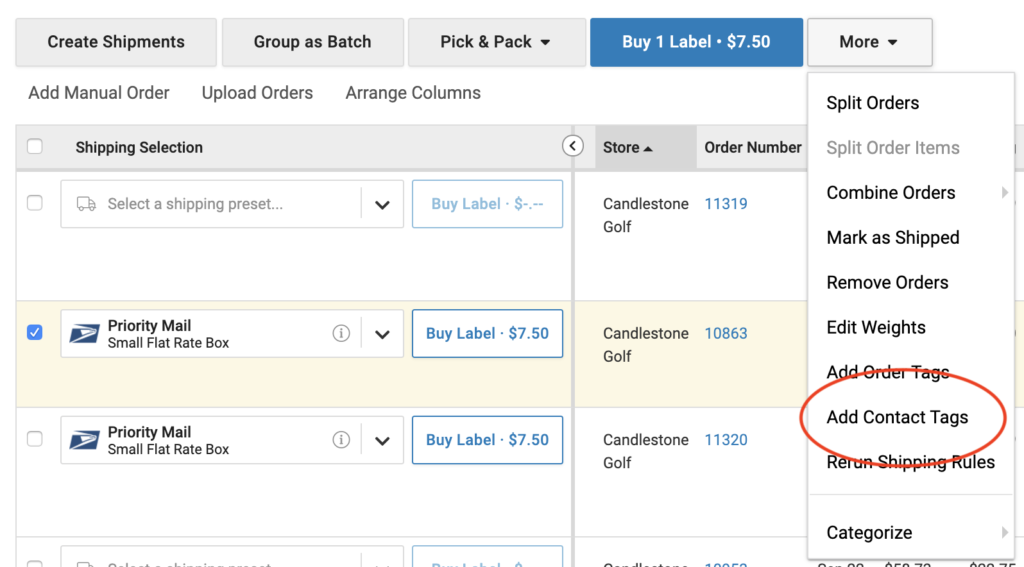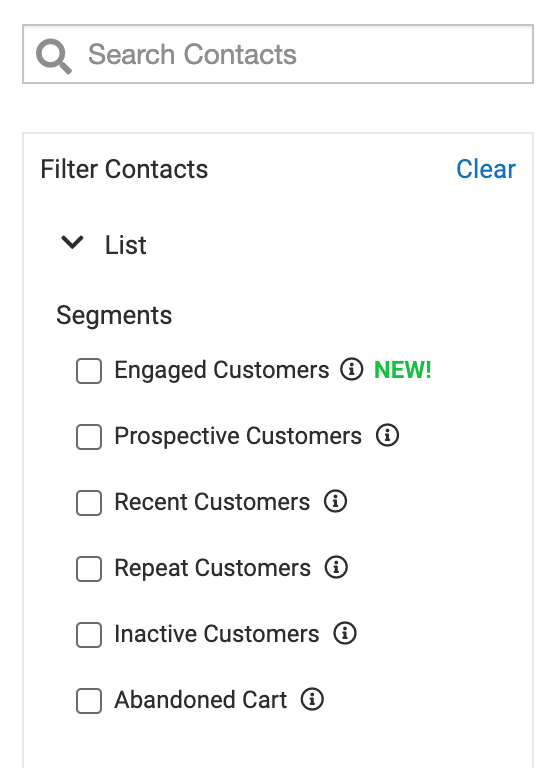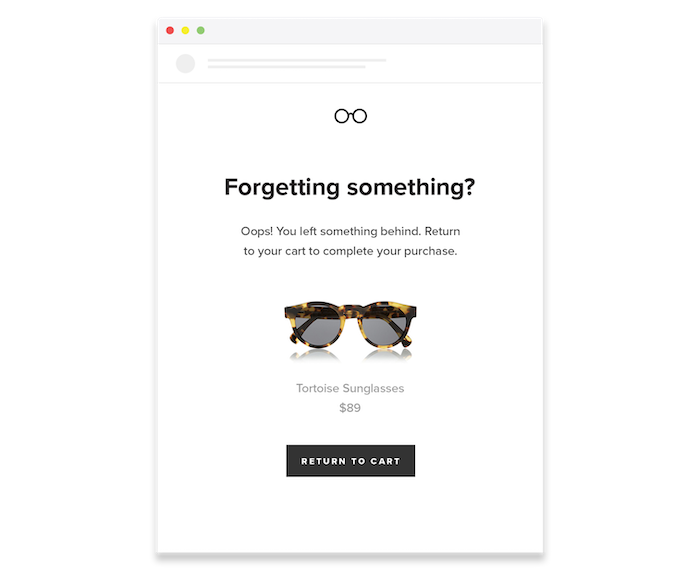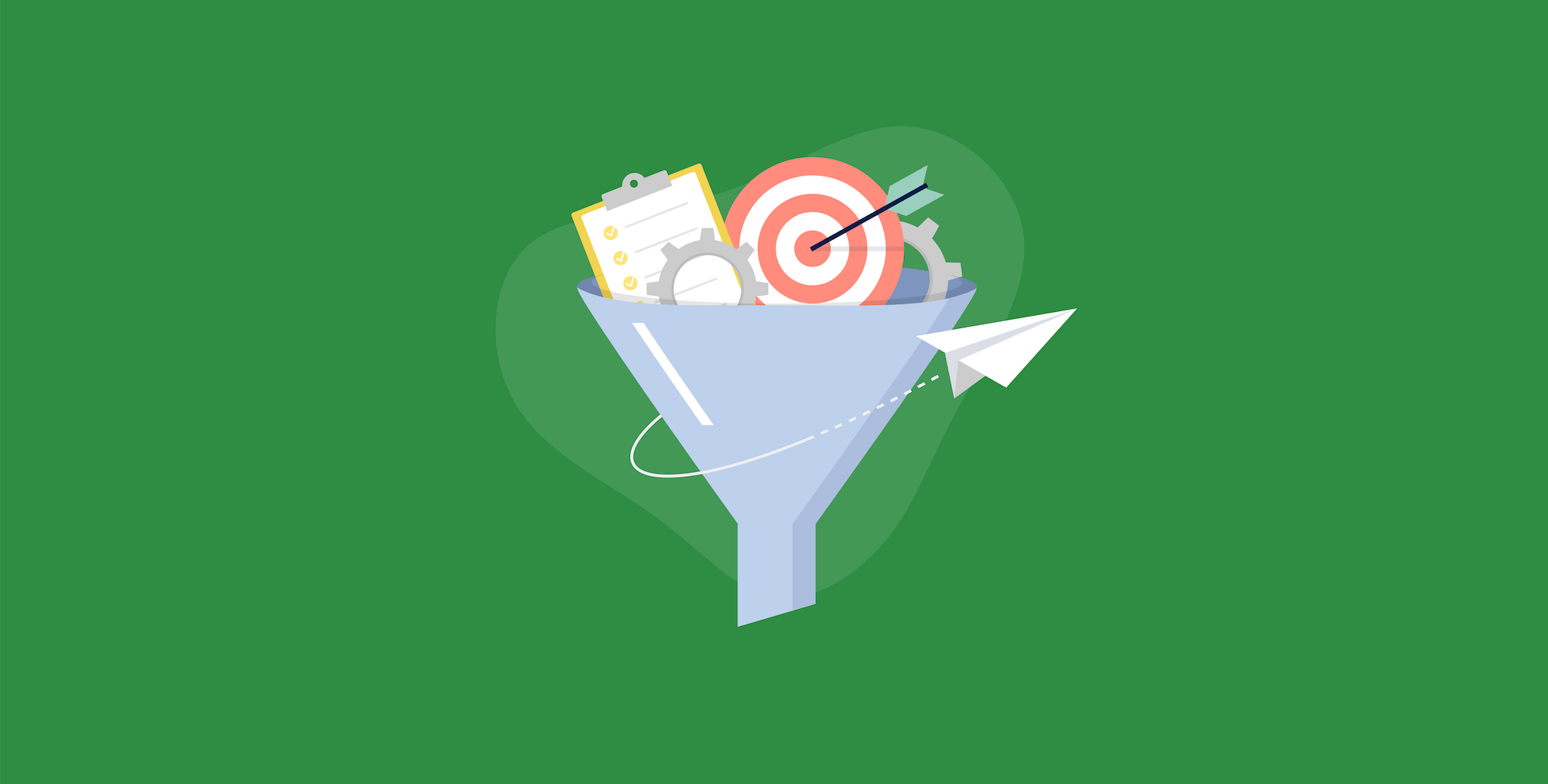It takes a lot to stand out in the inbox these days. To truly do it right, you need to rely on something better than gimmicks. There are countless articles about the perfect time to send an email, the right number of emojis to put in a subject line, or exactly how many call-to-action buttons to include in your email. The most important element of high-converting emails is relevance, and that’s where email segmentation comes in.
What is email segmentation?
Email segmentation is grouping customers together based on a common trait. This could be numerous things but it should depend on what the goal of your email is. Segmenting for its own sake may yield results, but email segmentation based on the specific content and purpose of the email will yield great results.
Why is segmentation important?
According to Hubspot, marketers who use segmented campaigns note as much as a 760% increase in revenue. That’s a pretty big number. That increase happens because people feel that the content of the email actually pertains to their interest.
Now you may not have a huge email marketing budget, so one-to-one personalization may not always be possible (though, with ShippingEasy’s Customer Marketing tool, you can base email automation on very specific characteristics and behaviors). Segmentation helps you overcome this by still sending emails that are specific enough to a recipient that they convert at higher rates.
It’s also about the customer experience though. Receiving irrelevant emails is the second highest reason people unsubscribe from emails. Worse than that, they may get marked as spam which could affect your overall deliverability for future campaigns.
Not only can email segmentation increase your sales, it can help make sure your future emails actually make it into inboxes.
Email segmentation tips
What are some ways you can set up your email segmentation to increase your campaigns’ conversion rates? We’ve listed some of our favorites, all of which can be done in ShippingEasy’s Customer Marketing tool, for you to put into effect for your e-commerce business.
Previous purchases
Segmenting an audience based on a specific SKU they purchased is about as relevant as you can get. You’re literally telling a customer that you know they purchased that product, which shows them you’re paying attention. There are plenty of types of campaigns you can build from here.
- Product recommendations: Do you carry items that could be a natural complement to the product they purchased? Perhaps there’s a next step in the evolution of your products you can recommend. As long as it feels relevant to the product they purchased, this is a winning type of email.
- Buy-it-again reminders: If you have a product that has a finite number of uses, you want to make sure your customers come back to replenish. Since you probably know your product better than anyone, use the purchase date (better yet, the delivery date) to trigger an email at the appropriate time when someone is likely to be running low and remind them to get a refill with you.
- Feedback campaigns: Online buyers read reviews, but people aren’t always inclined to write reviews without a little prompting. Use their purchase date and send an email at a time that feels appropriate to increase the reviews your future customers will see.
Bonus: these can all be automated to send out a specific number of days after purchase, or after delivery if you use ShippingEasy’s platform, and still feel hyper-relevant to your customers.
Purchase recency
A customer’s last purchase date is a great way to segment an audience. Customers who purchased recently will remember your brand and may be more likely to purchase again.
Use a winback campaign to target customers who haven’t purchased in a while and entice them with a special offer.
Be sure to use language in the subject line that alludes to the fact that you miss them and are offering something special to come back. Since they haven’t purchased in a while, you’ll need to make extra sure your email stands out in their inbox.
Amount Spent
This email segmentation tactic can be geared toward both the high end and the low end of spending. If someone hasn’t spent much with you, perhaps they need a little nudge in the direction of some of your best-selling products.
The best way to use amount spent as a segmentation technique is to reward your VIPs. If you don’t have an established rewards or loyalty program, you can use a VIP segment to resemble one. Give your VIPs exclusive offers, early access to new or back-in-stock products, or some other special thanks.
Tagged Customers for Special Messages
Customer tags can have many uses. Whether it’s something like the VIPs above or doing damage control due to a product outage/issue, customer tags are a smart way to quickly group customers for later use. We recently added this feature in a convenient dropdown in ShippingEasy.

Engaged customers
People who’ve opened or clicked CTAs in emails are more likely to do it again. Segmenting by your most engaged customers is a great way to keep up the engagement and make sure those customers are on the top of your priority list.
This is one of our customers’ favorite new features in our Customer Marketing tool. We automatically update the list dynamically so that it always contains your most engaged customers. All you have to do is continue creating great emails and send them to this audience.

Abandoned cart
One of the most powerful types of emails is an abandoned cart email. There is a myriad of reasons someone may leave items in their cart, but around 70% of shoppers do it (85% when on mobile). Quickly reacting by sending them an email at the right time can bring them back.
Statistics show that firing off an abandoned cart email within an hour after someone leaves it offers the highest rate of conversion, and that conversion rate hovers at just over 8 percent on average. This timing is where automation comes into play.

With merchants losing a collective billions of dollars per year to abandoned carts, having this type of campaign can be a game-changer for your business.
All of this is easier when you have your customer data, order data, delivery data, and shipping data all in one place. That’s what you get with ShippingEasy. Give our platform a try, free for 30 days, and start sending email campaigns that increase sales, then use that sales data to create better email segmentation!
Rob Zaleski
Latest posts by Rob Zaleski (see all)
- USPS 2023 Shipping Rate Changes - November 16, 2023
